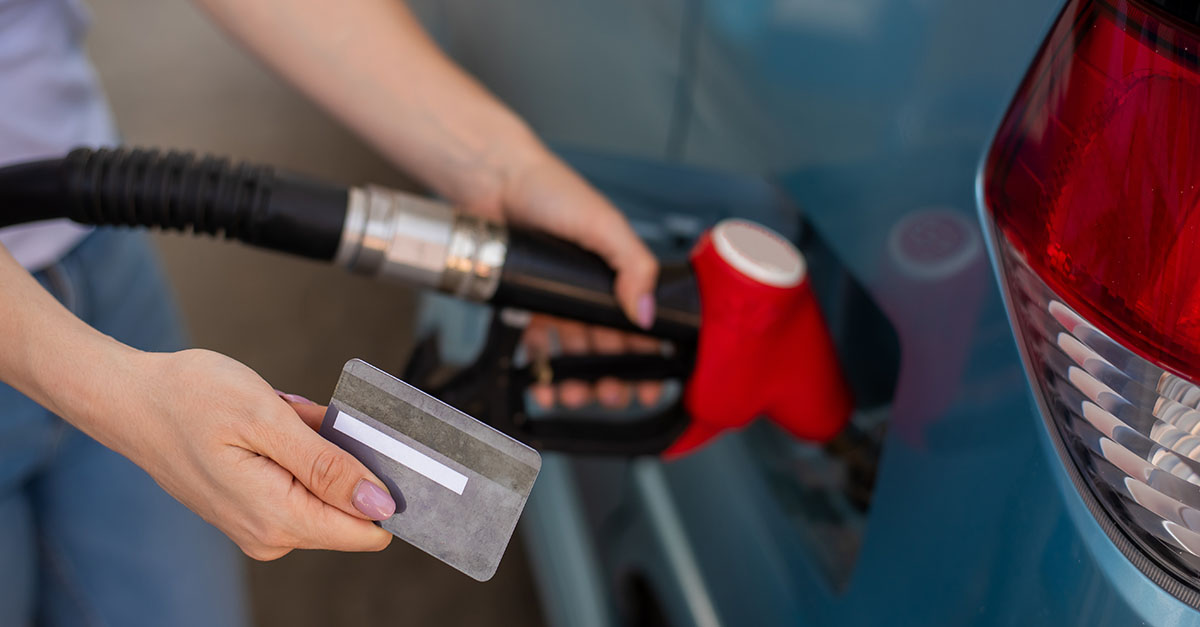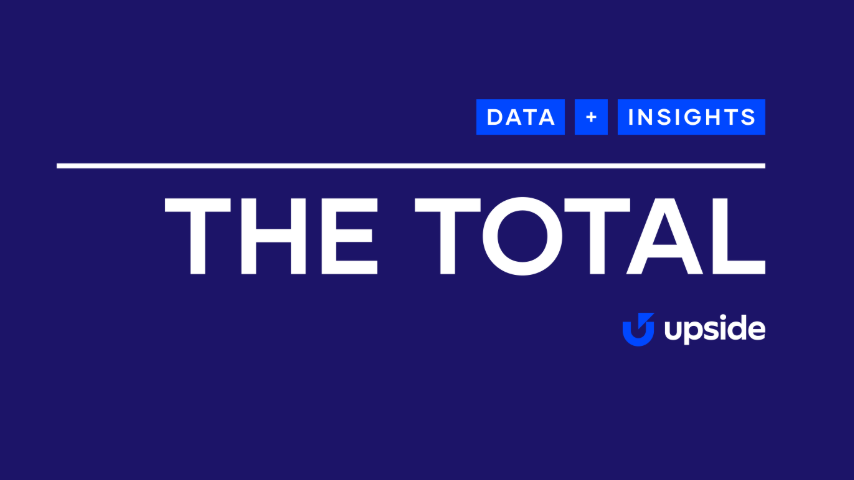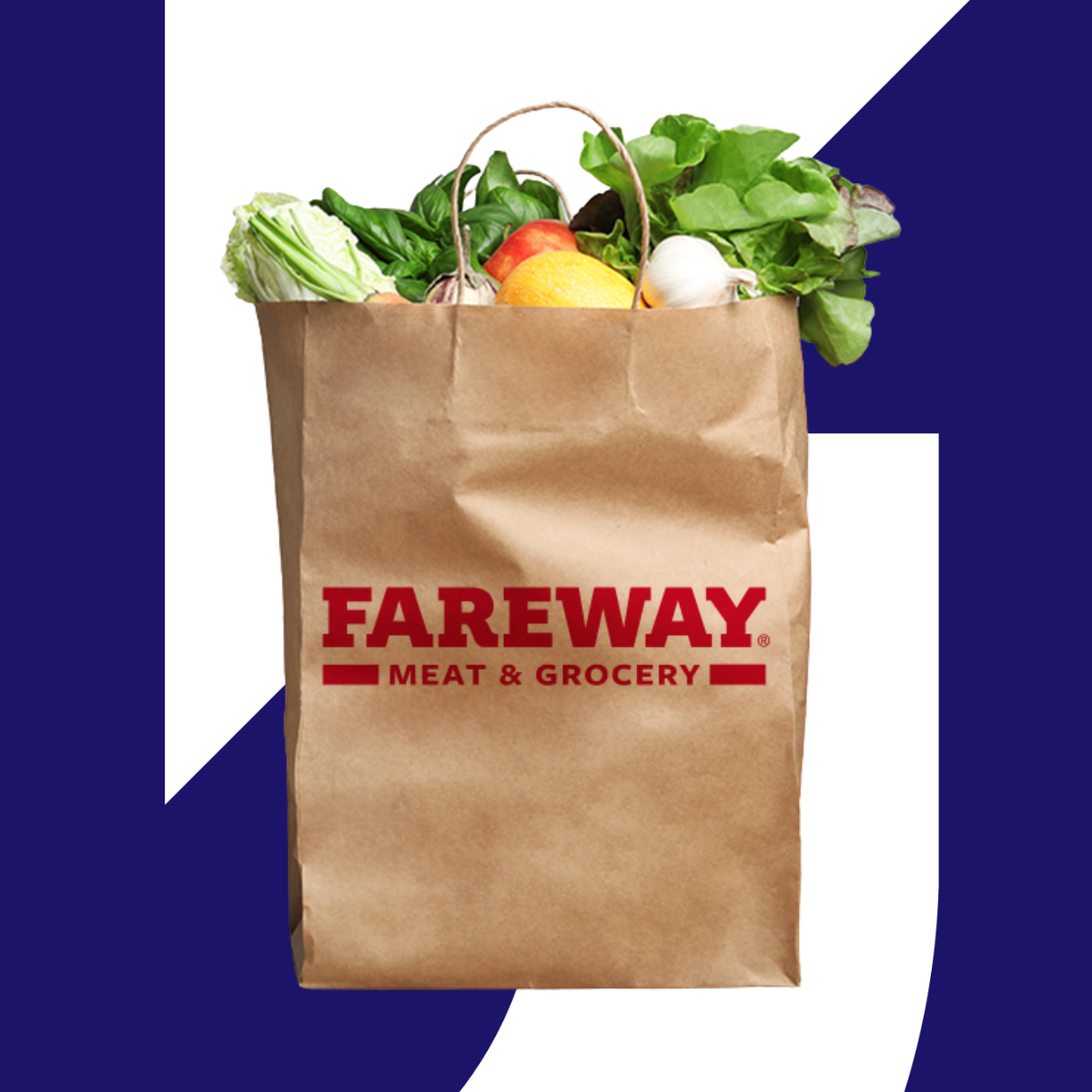Proven methods to grow restaurant sales

The Upside Team
Daily revenue per restaurant has dropped 6% year over year after adjusting for inflation, while operational costs continue climbing. Many programs have become increasingly similar, making it harder to identify which channels deliver returns.
The restaurant industry faces challenges that extend beyond any individual operator's control. But there are three approaches that can increase restaurant sales: filling spare capacity during off-peak hours, attracting customers who typically visit competitors, and measuring incremental profit rather than total transaction volume.
The best marketing ideas for restaurants focus on reaching customers two hours before they decide where to eat, not days or weeks in advance.
Restaurant traffic challenges affect the entire industry
Restaurant operators know their business better than anyone, but some difficulties affect entire markets rather than individual locations. Menu prices increased 31% since 2020 to cover rising costs, and full-service restaurants experienced a 4.3% decrease in foot traffic as diners are being more selective about where they spend.
Patterns across markets and concepts indicate broader shifts in consumer behavior rather than operational issues. Many restaurants continue running excellent operations while facing these same headwinds, which creates opportunities for those who can adapt their customer acquisition approach.
Choose restaurant marketing software that can tell the difference between a first-time visitor and your regular who comes every Tuesday anyway.
Customer acquisition costs outpace revenue growth
Most restaurants invest heavily in customer acquisition, from social media advertising to loyalty program incentives. These channels worked well when digital advertising costs were lower and consumer behavior was more predictable. Restaurant operators now find that the same marketing spend brings fewer new customers through the door.
Traditional marketing channels deliver diminishing returns
Facebook and Instagram ads that once brought diners to your tables now cost more while reaching fewer people. Social media platforms changed their algorithms, requiring restaurants to pay higher rates for the same visibility they used to get organically. Email marketing still works for announcing specials to existing customers, but open rates dropped as diners' inboxes became crowded.
The average restaurant maintains or increases marketing spend but sees 75 fewer monthly transactions than in 2021. Common challenges include:
- Social media ads require higher budgets for the same reach
- Algorithm changes are reducing organic visibility
- Email campaigns compete in crowded inboxes
- More restaurants are targeting the same customer base
Look at your slowest lunch shifts and dinner hours, then create specific offers to grow your restaurant business by filling those empty tables with new customers.
Discount-heavy strategies erode profit margins
When foot traffic drops, many restaurants turn to promotions to bring customers back. A percentage off deal or happy hour special can fill tables during slower periods, which helps cover fixed costs.
The problem comes when customers start expecting deals before they visit. Regular diners may wait for your next promotion instead of coming at full price. You end up giving discounts to customers who would have visited anyway, reducing profit on sales you already expected. Standard promotions treat all customers the same way, whether they're loyal regulars or potential new customers from competitors.
Through it all, measuring true incremental impact remains difficult
Facebook tells you how many people clicked your ad. Your loyalty program shows member visits. But neither proves whether those customers would have come anyway. A regular who sees your Instagram post and visits later gets counted as a "social media conversion" even though they eat at your restaurant twice a week.
Restaurant operators know the difference between attracting genuinely new customers and just getting credit for existing behavior. The problem is that standard reporting makes it nearly impossible to tell which marketing efforts actually bring new business versus which ones simply take credit for visits that were going to happen regardless.
Uncommitted customers represent untapped revenue potential
Restaurant owners see it every day: customers who used to visit weekly now spread their dining across multiple places. They might grab lunch at your competitor on Monday, then visit you on Friday. These diners aren't disloyal — they shop around for the best value on each occasion.
Most diners visit multiple restaurants monthly, and this shift explains why loyalty programs alone don't drive the results they used to. Customers choose based on convenience, what sounds good that day, or who has the better offer. Restaurants need different approaches to win more of these cross-shopping visits.
The timing matters, too. People decide where to eat just hours before they go, often scrolling through apps or asking friends for recommendations. They're making these choices in real-time, which means restaurants that can reach them during those decision moments have an advantage over places that rely on planned visits or habit alone.
Converting infrequent visitors drives measurable revenue lift
Think about customers who visit your restaurant three or four times a year. They like your food and have had good experiences, but they're not regulars. If you could get each of these occasional diners to come more regularly — even just once per month — you'd see significant revenue growth from customers you already know.
These infrequent visitors represent some of the best growth opportunities because they're familiar with your restaurant but need a reason to choose you over their other options. In other words, they need the right motivation to visit more often instead of spreading those visits across competitors.
Personalized incentives outperform broad promotional campaigns
Your regular who visits twice a week doesn't need a big discount to come back next Tuesday. A small nudge works fine. But someone who's never tried your restaurant needs a stronger reason to skip their usual spot and try something new.
Standard promotions give everyone the same deal, whether they need it or not. You end up discounting customers who would have paid full price, while still not convincing the new customers you want to attract. The right approach gives each customer just enough incentive to change their behavior, not more.
Profitable growth strategies complement existing programs
The best growth approaches work with what you're already doing, not against those efforts. If you're running a loyalty program, social media campaigns, or regular promotions, new customer acquisition strategies should boost those efforts rather than compete with them.
Your restaurant has empty tables during slower periods — weekday afternoons between lunch and dinner, for example.
Since you're paying rent, utilities, and staff regardless of whether those tables are full, getting more customers during off-peak times drops straight to your bottom line.
Filling empty tables without operational changes
Some growth strategies require hiring more staff, extending hours, or completely revamping your menu. Others work within your current setup. This latter approach makes more sense for restaurants that want predictable results without the headache of managing new complexity.
You already know which periods are slower. Growth strategies can target customers who might visit during off-peak times:
- Tuesday lunch and weekday afternoons
- Early weekday dinners
- People with flexible work schedules
- Diners who prefer less crowded restaurants
- Customers specifically looking for quieter dining experiences
Attracting customers from competitors without cannibalizing expected sales
The goal is to bring in customers who weren't planning to visit your restaurant anyway. Maybe they usually go to the place down the street or only eat out once a month instead of twice. These are the customers worth targeting because they represent actual new business.
You want to avoid giving promotions to customers who were already coming. The trick is identifying which customers actually need an incentive versus which ones are coming no matter what.
Measuring incremental profit rather than transaction volume
More customers don't always mean more money in your pocket. If you spend $500 on advertising to bring in $600 in sales, but those customers would have found you anyway, the investment didn't deliver anything incremental to your business. That incremental piece is important.
Restaurant owners need to know whether their marketing works or takes credit for customers who were coming regardless. Look for partnerships that focus on:
- Proven new customer acquisition, not total sales volume
- Payment only when genuine incremental business occurs
- Clear distinction between existing and new customer behavior
- Profit measurement, not just revenue reporting
Learn how to grow restaurant sales with Upside
Upside connects restaurants with customers through personalized cash back offers that motivate diners to visit during slower periods or try new places. Restaurants only pay when Upside proves it brought genuinely new customers who wouldn't have visited otherwise. This fills empty tables without changing operations or cutting into expected profits.
Ready to learn how to grow restaurant sales? Connect with our team to discuss our measurement approach and see results from similar restaurants.
Frequently asked questions
How to get more restaurant customers?
Getting more restaurant customers requires targeting diners who typically visit competitors or eat out less frequently than they do. Personalized promotions that reach customers during decision-making moments can motivate them to choose your restaurant over familiar alternatives.
What drives repeat restaurant visits?
What drives repeat restaurant visits is giving occasional diners a compelling reason to return sooner than usual. Digital marketplace platforms can deliver targeted incentives to infrequent customers during off-peak periods when you have available capacity.
Why do restaurants struggle with customer acquisition?
Restaurants struggle with customer acquisition because traditional marketing channels can't distinguish between existing customers and genuinely new prospects. Profit-share models solve this by only charging when proven incremental customers who wouldn't have come otherwise visit.
Share this article:
The Upside team is made up of data scientists and industry experts who are passionate about delivering empowering content to our readers. With a focus on providing practical insights and meaningful perspectives, we create engaging materials across a wide range of topics. From exploring industry trends and offering expert analysis to sharing useful tips and inspiring ideas, our team works diligently to provide you with the information you need to thrive.
Request a demo
Request a demo of our platform with no obligation. Our team of industry experts will reach out to learn more about your unique business needs.









.png)





